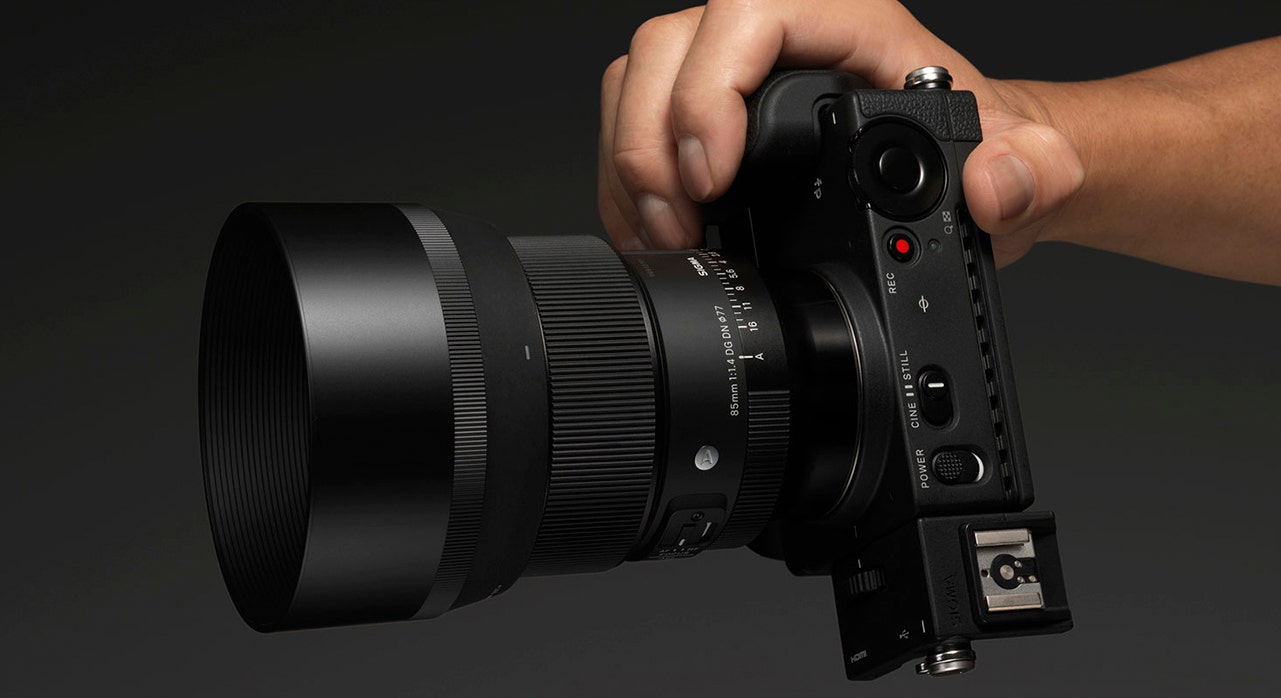24-105mm F4
DG OS HSM
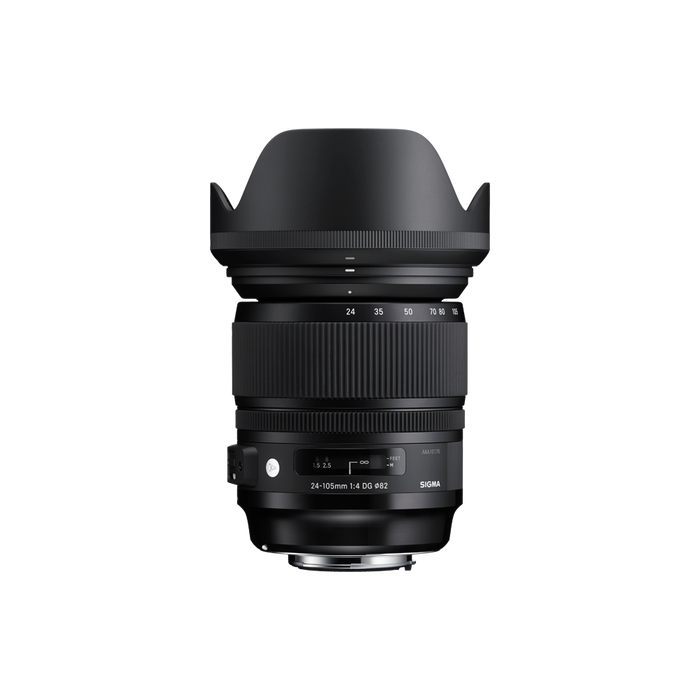

- High image quality with wide zoom range
- Minimizes optical aberrations
- OS (Optical Stabilizer) function*
- HSM (Hyper Sonic Motor) delivers high AF speed
- Inner focusing system
- Slim barrel design with excellent handling
- Super Multi-Layer Coating reduces flare and ghosting
- Exclusive low-dispersion glass
- 9-blade rounded diaphragm
- Made in Japan
AWARDS
|
|
|
| Angle of view | Telephoto |
|---|---|
| Camera Type | DSLR |
| Lens Mount | Canon EF-mount, Nikon F, Sony A mount, Sigma SA |
| Sensor Size | Full Frame |
| Construction | 19 Elements in 14 Groups |
| Angle of view | 84.1º - 23.3º |
| Number of diaphragm blades | 9 (rounded diaphragm) |
| Minimum aperture | F22 |
| Minimum focusing distance | 45 cm |
| Maximum magnification ratio | 1:4.6 |
| Filter diameter | 82mm |
| Dimensions (diameter x length) | Canon EF ⌀ 88.6 x 109.4 mm |
| Weight (g) | Canon EF 885 g |
| Edition number | A013 |
| Supplied Accessories | Lens Hood LH876-02, Front Cap LCF-82mm Ⅲ, Rear Cap LCR Ⅱ, Case LS-576L |
| Accessories | WR Ceramic Protector Filter 82mm, WR Protector Filter 82mm, C-PL Filter 82mm, Mount Converter MC-11, Mount Converter MC-21, USB-dock UD-01 |
| EAN-code | Canon E/EF 085126635541 |
| Specifications Info | HSM - Hyper-Sonic Motor * The appearance, specifications, and the like of the product are subject to change for improvement without notice. |
A full-frame lens covering the most commonly used zoom range.
Offering F4 brightness throughout the zoom range, this lens covers a large variety of scenes, from wide-angle to medium telephoto.
When shooting of scenes in nature or travel destinations, photographers need a high zoom ratio combined with excellent handling to capture all the subjects they encounter. The Sigma 24-105mm F4 DG OS HSM covers the most commonly used zoom range, from wide-angle to medium telephoto. It also takes usability to the next level, offering F4 brightness throughout the zoom range, OS (Optical Stabilizer) functionality, and HSM (Hyper Sonic Motor). Thanks to its convenient handling, the Sigma 24-105mm F4 DG OS HSM is an ideal lens for many types of photography such as snapshots, portraits and landscapes.
* For Sony A-mount, OS function is not incorporated.
Rounded diaphragm
When photographing with point light sources such as electric lights or reflections on a body of water in the background, the rounded 9-blade diaphragm helps produce an attractive bokeh effect—even at large-aperture settings
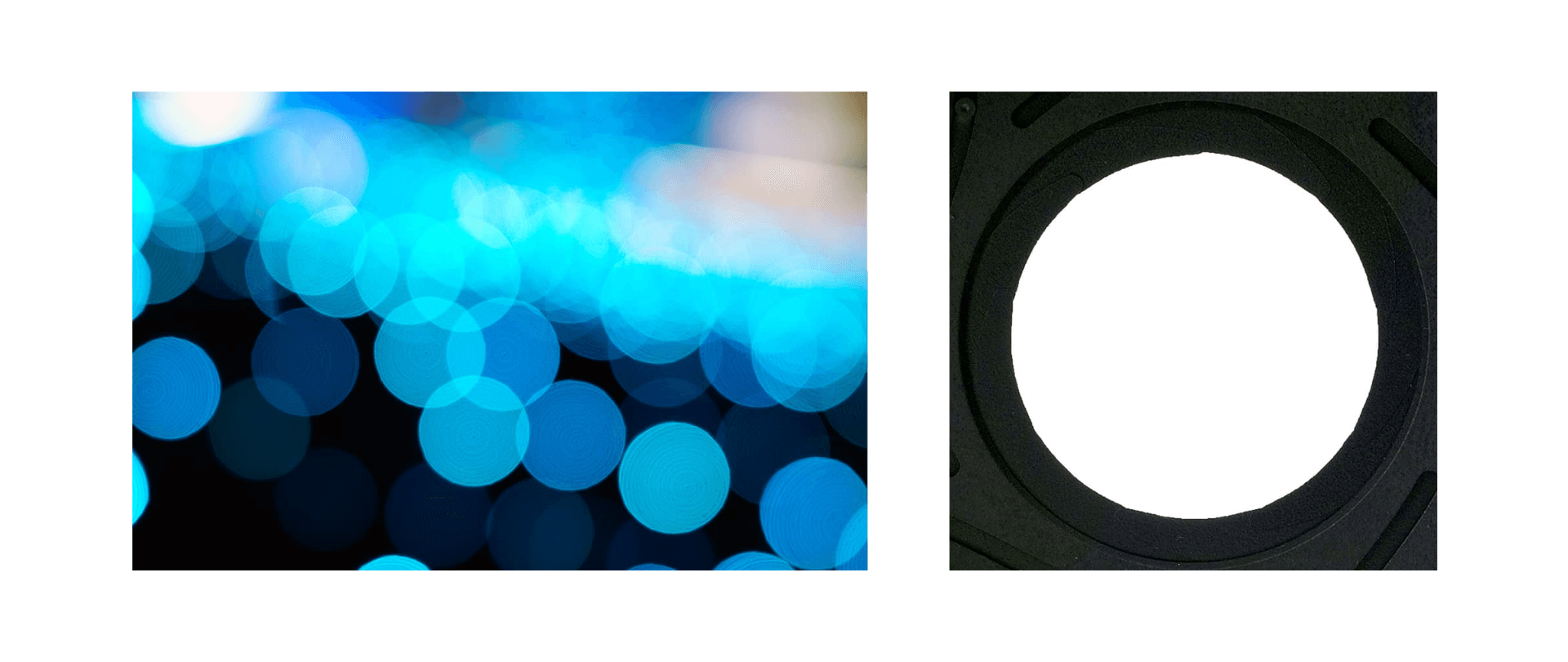

Featuring a large 82mm filter size and high optical performance that maintains peripheral brightness.
Offering exceptional expressive performance, this lens maintains peripheral brightness, which can be an issue with lenses in this class.
This high-performance lens joins Sigma’s Art lineup, fulfilling its stringent requirements. Zoom lenses with a high zoom ratio tend to suffer from astigmatism, field curvature, distortion, chromatic aberration, and other optical aberrations. To minimize these, Sigma’s zoom lens features optimally arranged high-performance single- and double-sided aspheric elements produced by precision glass molding and incorporating FLD (“F” Low Dispersion) glass and SLD (Special Low Dispersion) glass. Minimizing axial chromatic aberration at telephoto distances, this lens offers exceptional image quality throughout the zoom range. In addition, it avoids the reduced peripheral brightness that is common with lenses in the same class. Thanks to its large-aperture 82mm filter size, this lens offers truly outstanding optical performance.
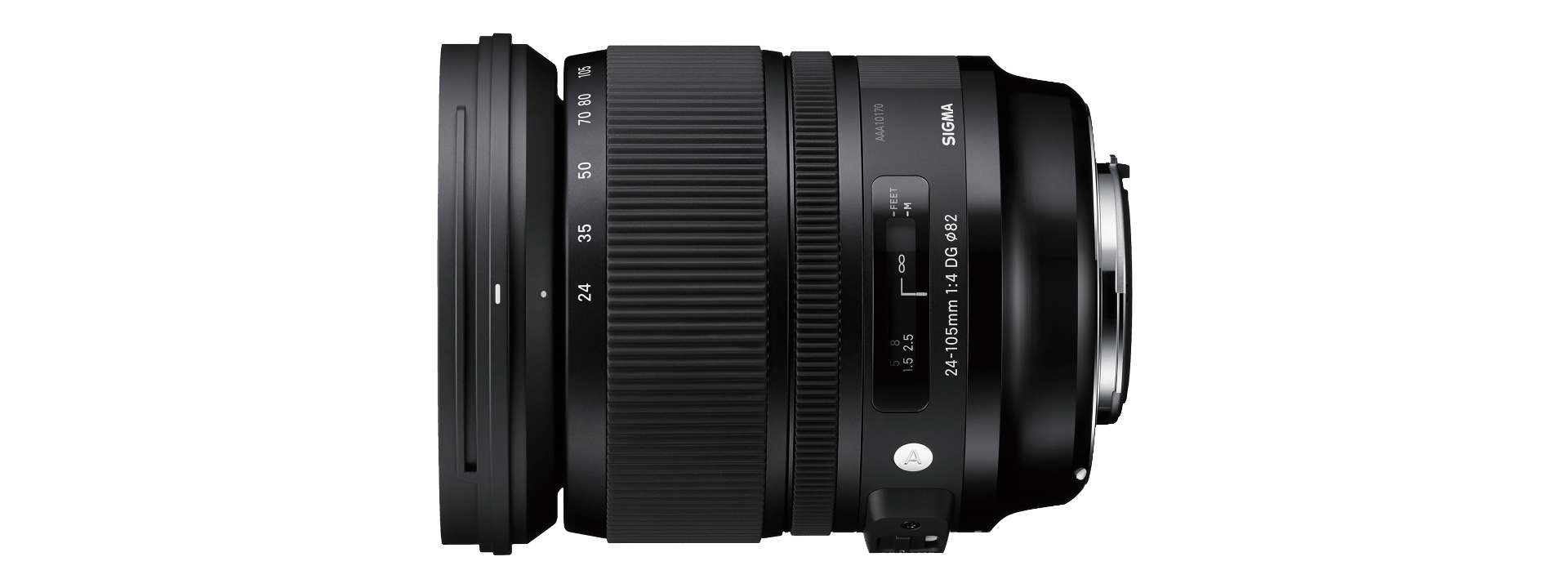

The finest in materials, usability and functionality.
A refined, integrated design made with the photographer in mind.
All lenses in Sigma’s new Art line come with a hood with a high-quality rubberized connector and feature a newly designed lens cap and AF/MF switch, and are designed for intuitive use and superior functionality. Inside, HSM (Hyper Sonic Motor) delivers high AF speed and extremely quiet performance. An enhanced algorithm offers even smoother automatic focusing. Full-time manual focus override is another key feature that leaves the artistic touches in the photographer’s hands. The brass mount combines high precision with rugged construction. Its treated surfaces and enhanced strength contribute to the exceptional durability of the lens. In both the external and internal parts, the optimized use of TSC (Thermally Stable Composite), an excellent match for metal parts, further contributes to the high-precision construction of the lens.


HSM (Hyper Sonic Motor)
HSM (Hyper Sonic Motor) delivers high AF speed and extremely quiet performance. An optimized algorithm offers even smoother automatic focusing, and full-time manual focus override is another key feature.
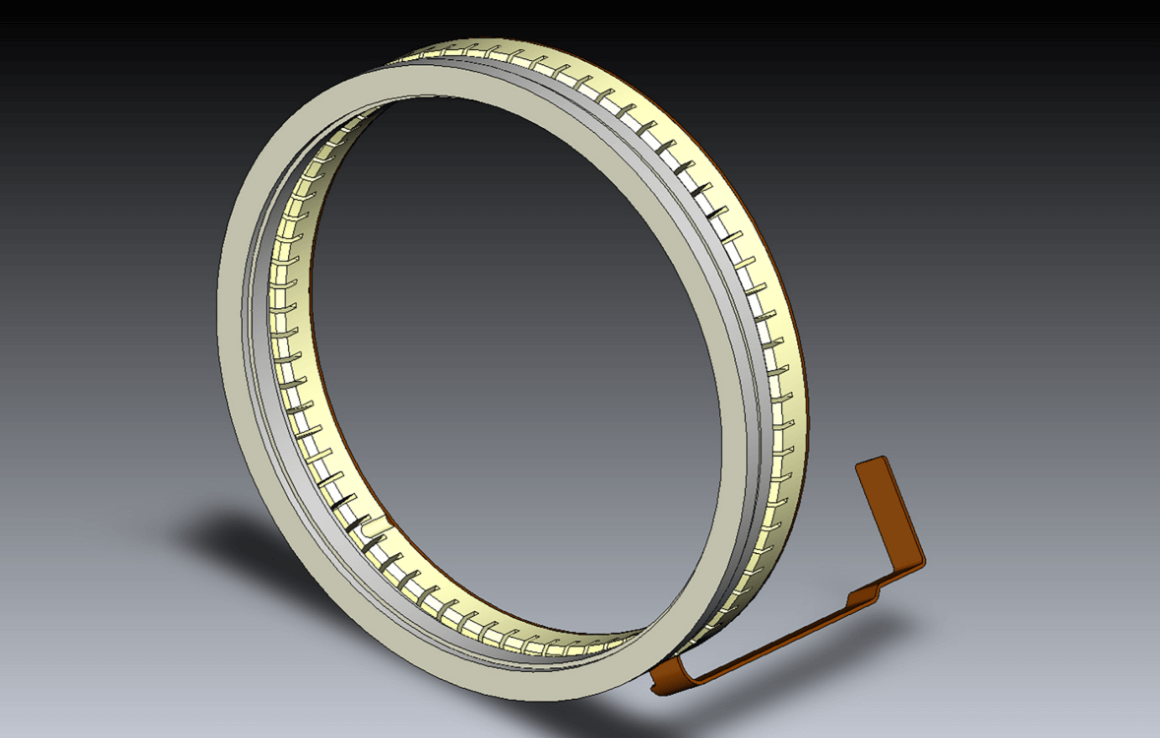

Excellent handling
Positioning the zoom ring at the front of the lens helps make possible a slim barrel design. In addition, the wide, thick zoom ring contributes to the lens’s high usability. Thanks to Sigma’s inner focus technologies, adjusting the focus and zoom rings does not change the length of the lens, resulting in excellent handling. Since the front of the lens does not move, the lens can be used with a circular polarizing filter.
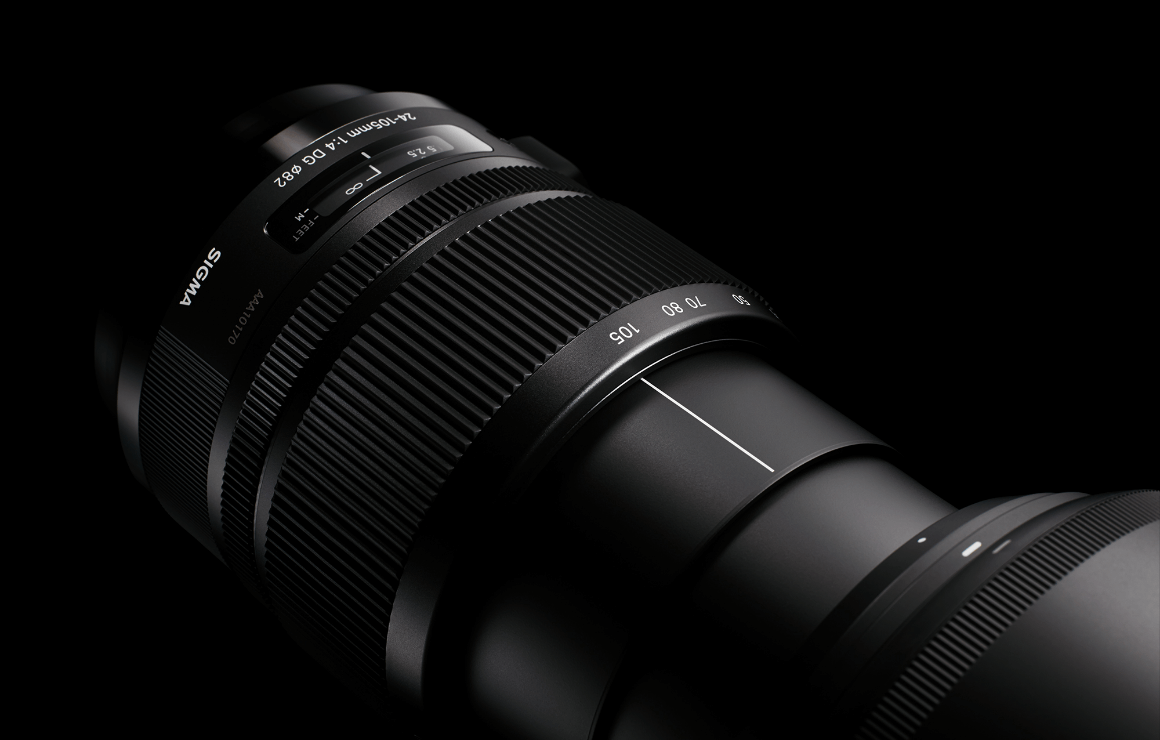

TSC (Thermally Stable Composite)
A first for the industry, the barrel of the lens features a new (*)TSC (Thermally Stable Composite) that offers minimal thermal shrinkage combined with exceptional hardness. It also offers 25% greater elasticity than polycarbonate. Since its thermal shrinkage is low, TSC matches well with metal parts, further contributing to the high-precision construction of the lens. TSC also makes possible slimmer forms for parts like zoom rings and scaling rings.
TSC (Thermally Stable Composite) is a type of polycarbonate with a thermal expansion rate similar to that of aluminum. It has high affinity to metal parts which contributes to high quality product manufacturing.
Flare and ghosting reduction
From an early stage in the lens design process, flare and ghosting have been measured to establish an optical design resistant to strong incident light sources such as backlighting. Sigma’s Super Multi-Layer Coating reduces flare and ghosting to help photographers produce sharp and high contrast images even in backlit conditions. The included lens hood can be attached to block out extraneous light, which can have a negative effect on rendering performance.


High-precision, rugged brass bayonet mount
The brass mount combines high precision with rugged construction. Its treated surfaces and enhanced strength contribute to the exceptional durability of the lens.


High-precision, rugged brass bayonet mount
The brass mount combines high precision with rugged construction. Its treated surfaces and enhanced strength contribute to the exceptional durability of the lens.
HSM (Hyper Sonic Motor)
The Hyper Sonic Motor (HSM) is an original SIGMA development that uses ultrasonic waves to drive the autofocus mechanism. Its extremely quiet operation helps avoid disturbing photographic subjects. High torque and speed assure rapid autofocus response. SIGMA uses two types of HSM: ring HSM and micro HSM. The Ring HSM configuration permits manual fine tuning of focus (manual override) by turning the focusing ring after autofocus is complete.
Rounded diaphragm
The polygonal shape of a conventional iris dia phragm causes out-of-focus light points to appear polygonal. A rounded diaphragm is designed to pro duce rounded out-of-focus light points when opened to near maximum aperture. This creates attractive bokeh effects in many situations, such as when pho tographing a subject against an out-of-focus surface of water from which light is being reflected.
OS (Optical Stabilizer) function
SIGMA's original OS (Optical Stabilizer) function uses sensors inside the lens to detect any motion, then moves specific lens elements in order to effectively minimize blur caused by such movement. Owing to the stabilized image in the viewfinder, it is possible to fine-tune composition and ensure accurate focusing.
Exclusive low-dispersion glass
The degree to which light is refracted by glass depends on the light's wavelength. This fact causes different colors of light to focus at slightly different points. The result is chromatic aberration, the color fringing that is particularly noticeable in telephoto lenses. Most chromatic aberration can be removed by combining a high-refractivity convex lens element with a low-refractivity concave element. Yet residual chromatic aberration known as "secondary spectrum" may still remain. To minimize this secondary spectrum, which can be a serious issue with conventional lenses, SIGMA lenses feature up to three types of exclusive low-dispersion glass offering superior performance: ELD (Extraordinary Low Dispersion), SLD (Special Low Dispersion) and FLD ("F" Low Dispersion). In particular, FLD glass offers ultra-low dispersion in combination with high transmittance and the anomalous dispersion characteristics of fluorite. Meticulous deployment of these types of exclusive low-dispersion glass and optimization of power distribution gives SIGMA lenses superlative image rendition undiminished by residual chromatic aberration.







